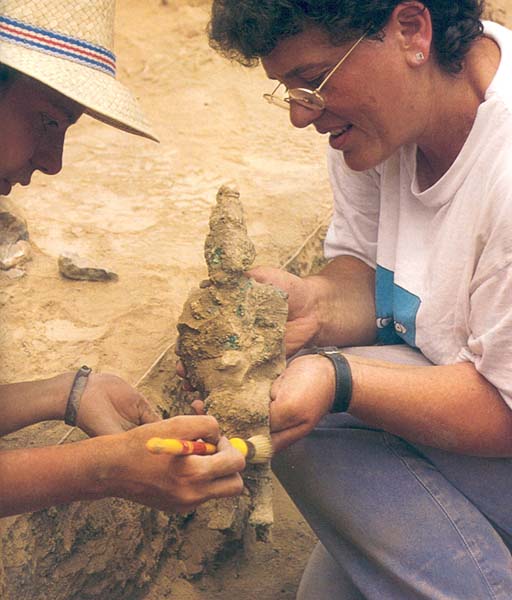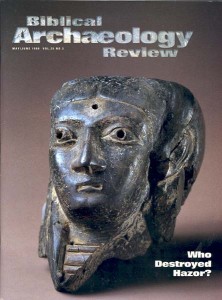Excavating Hazor, Part Two: Did the Israelites Destroy the Canaanite City?

A fierce conflagration marked the end of Canaanite Hazor. Across the site, a thick layer of ashes and charred wood—in places 3 feet deep—attests to the intensity of the blaze in the northern Galilee city.
Within the walls of Hazor’s palace, the fire was especially fierce: The unusual amount of timber used in the construction of the building, and the large quantity of oil stored in huge pithoi (storage jars) throughout the palace, proved a fatal combination—creating an inferno with temperatures exceeding 2350° Fahrenheit. In this intense heat, the palace’s mudbrick walls vitrified, basalt slabs cracked, and clay vessels melted.
Whoever burned the city also deliberately destroyed statuary in the palace. Among the ashes, we discovered the largest Canaanite statue of human form ever found in Israel. Carved from a basalt block that must have weighed more than a ton, the 3-foot-tall statue had been smashed into nearly a hundred pieces, which were scattered in a 6-foot-wide circle. The head and hands of this statue, and of several others, were missing, apparently cut off by the city’s conquerors.
Who mutilated the statues of Hazor? Who burned the palace? Who destroyed this rich Canaanite city?
Already a library member? Log in here.
Institution user? Log in with your IP address.

